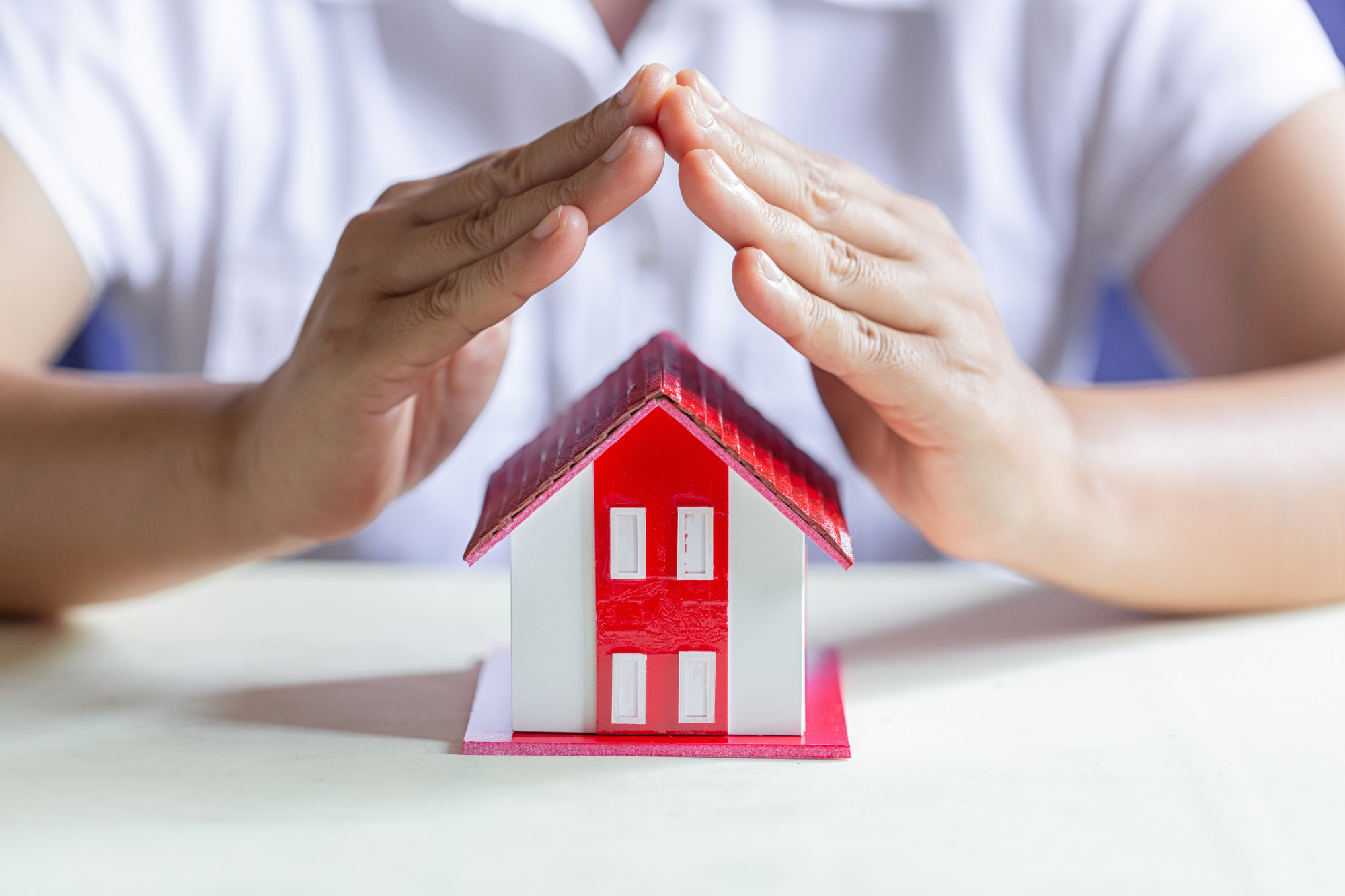Common Home Safety Hazards
By sanjit Posted 22-03-2024 Architecture
As a homeowner, your top priority is to create a secure and safe environment for you and your loved ones. It's important to be aware of potential risks and hidden dangers that could jeopardize the safety of your home. From hidden termites to electrical hazards, there are common safety hazards that you need to be aware of and eliminate from the root to prevent future problems. By taking necessary precautions, you can ensure that your home remains a safe and comfortable place for everyone.
Tripping and Falling
Tripping and falling are some of the most common home safety hazards. Loose rugs, an uneven staircase, and slippery bathrooms can all contribute to such accidents. These hazards can pose a serious risk to people living in the house, particularly children and the elderly. The best way to ensure all walkways are clear is to eliminate these obstacles. You can start by securing loose carpets and rugs with non-slip pads or carpet tapes, which are easily available online and offline in stores. To ensure a fully secure area, especially if you live with elderly people, you can also install mats that soak water so that there isn't any water residue on the floor. Additionally, it is recommended to install handrails on stairs to prevent falls.
Electrical Dangers
The second most common yet ignored factor in houses is faulty wiring, overloaded outlets, and damaged appliances. These outlets not only pose significant electrical hazards in homes but also cause life-threatening danger to people living in them. Many times, developers fail to use earthing wires, which help in grounding. Earthing, or grounding, is a way to make sure that electrical systems and devices are safe to use. It does this by connecting them to the ground (the earth) so that any extra electricity flows harmlessly away. This helps to prevent accidents and makes sure that everything works properly. A helpful tip is to inspect your electrical system regularly for signs of wear or damage, such as frayed wires or flickering lights. If you notice any of these, always contact an electrician to get it checked. You can also avoid overloading outlets with too many devices and use appliances wisely.
Fire Risks
As a homeowner, it is crucial to be aware of fire hazards that can endanger your family and property. Some of the most common causes of fires include faulty wiring, unattended candles, and kitchen accidents. To ensure your safety, it is essential to install smoke detectors on every floor of your home and regularly check them to ensure they are working correctly. The best thing to do is also to keep a fire extinguisher nearby just in case there is a fire. In modern homes, smoke detectors are installed that alert the fire authority and set off an alarm to alert the members of the house.
Poisoning
Poisoning has always been, and will always remain, one of the most serious concerns as a health hazard. The gas carbon monoxide, which is found in gas appliances and car exhaust fumes from attached garages, is fatal if inhaled. To ensure safety, it is important to have gas appliances inspected annually by a qualified technician. In addition to carbon monoxide, household cleaners, paints, solvents, petrol, and pesticides can also pose a risk of poisoning. This is especially concerning in households with children and pets. To prevent poisoning, it is recommended to keep all toxic substances out of reach of children and pets. The best way to do this is to store them in locked cabinets or high shelves.
If you have kids in your home, it is also recommended to store medications in their original containers with childproof caps and keep them on high-rise shelves or locked cabinets. By following these safety tips, you can help ensure that your household remains safe and free of poisoning risks. Here are some tips for child-proofing your home.
Home Security
Protecting your home from burglaries and home invasions is essential to ensure the safety of your property and yourself. To effectively deter potential intruders, it is recommended that you invest in robust door and window locks, outdoor lighting, and a home security system. When it comes to door and window locks, there are different options available, each with its own level of effectiveness. Deadbolt locks, for example, are considered one of the most secure types of locks, as they require a key to unlock from both the inside and outside. On the other hand, latch locks are less secure, as they can be easily manipulated or picked by experienced burglars. Nowadays, many real estate developers already install 24x7 security systems, making it safer for people who live alone.
Keeping your home safe from potential safety hazards requires a proactive and diligent approach. It's important to recognize common risks and take steps to prevent them. As the real estate landscape evolves, it is now easier to find homes that have already solved these safety hazards. By doing so, you can establish a secure living environment for you and your loved ones.
You may also like to read our blog post on the top qualities of an ideal house.
This site uses Akismet to reduce spam. Learn how your comment data is processed.


